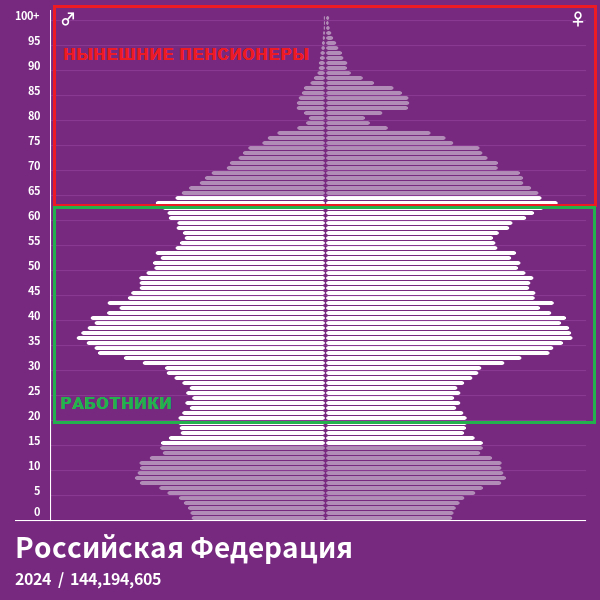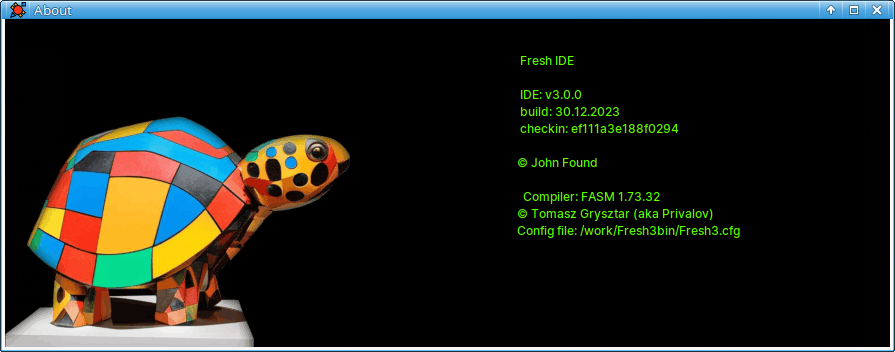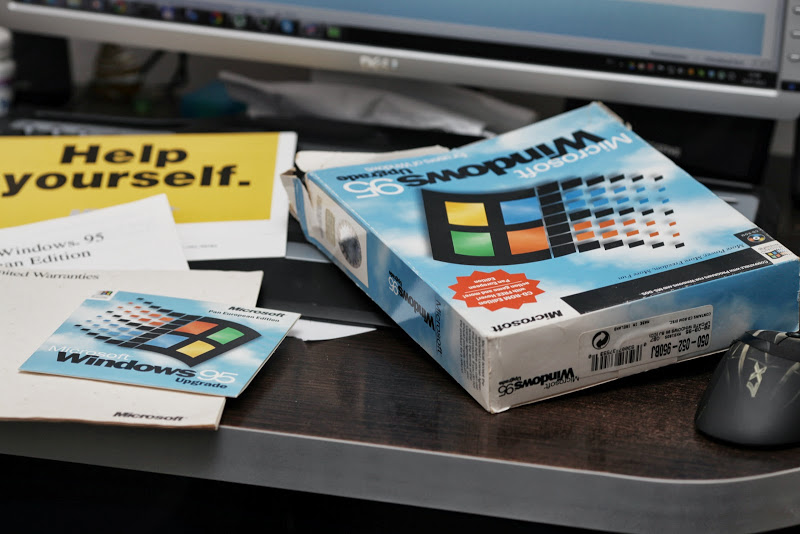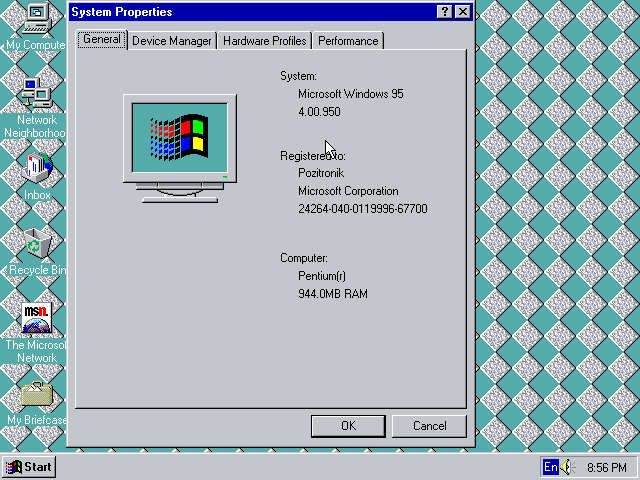
Когда я устроился на работу мне поначалу доставляли удовольствие такие диалоги:
— Ты устроился на работу? — Да!
— И где ты работаешь? — На кладбище!
— О, БОЖЕ!
Я причастен к мемориальной доске Валерия Лобановского,
которую повесили у входа в главный корпус ОНПУ.
В процессе печати я чуть не запорол верхний значок, и костюм Лобановского. Зато узнал, кто он такой. Но не понимаю, зачем Политеху эта табличка, но мне, собственно, все равно.
Впрочем, хочу сказать, что «страшно негативной энергетики» я на кладбище не ощущаю. Наоборот, первая зарплата, к примеру, у меня вызвала дикий восторг! В дальнейшем я стал гундеть, что этих денег мне мало, но сейчас не об этом.
Да и работа у меня со свободным графиком, зимой прихожу за зарплатой, которая платится мне стабильно, не смотря ни на что, так что в целом неплохое место.
Но работенка пыльная (гранитная пыль всюду), шумная (в цеху выбивают портреты, буквы, жужжит мой станок), и добираться трудно, да.
«А что делает дизайнер на кладбище?» — спросите вы.
«То же, что делают почти все дизайнеры.» — отвечу я — «Делаю картинки.»







 Когда я устроился на работу мне поначалу доставляли удовольствие такие диалоги:
Когда я устроился на работу мне поначалу доставляли удовольствие такие диалоги:

 В этой статье я расскажу об одном необычном подходе к генерации лабиринтов. Он основан на модели Амари́ нейронной активности коры головного мозга, являющейся непрерывным аналогом нейронных сетей. При определенных условиях она позволяет создавать красивые лабиринты очень сложной формы, подобные тому, что приведен на картинке.
В этой статье я расскажу об одном необычном подходе к генерации лабиринтов. Он основан на модели Амари́ нейронной активности коры головного мозга, являющейся непрерывным аналогом нейронных сетей. При определенных условиях она позволяет создавать красивые лабиринты очень сложной формы, подобные тому, что приведен на картинке. Недавно на Хабре была опубликована статья под провокационным заголовком и призывом к прекращению изобретений велосипедов в API-строении. Поскольку тема мне интересна, то я просто не мог пройти мимо.
Недавно на Хабре была опубликована статья под провокационным заголовком и призывом к прекращению изобретений велосипедов в API-строении. Поскольку тема мне интересна, то я просто не мог пройти мимо.



